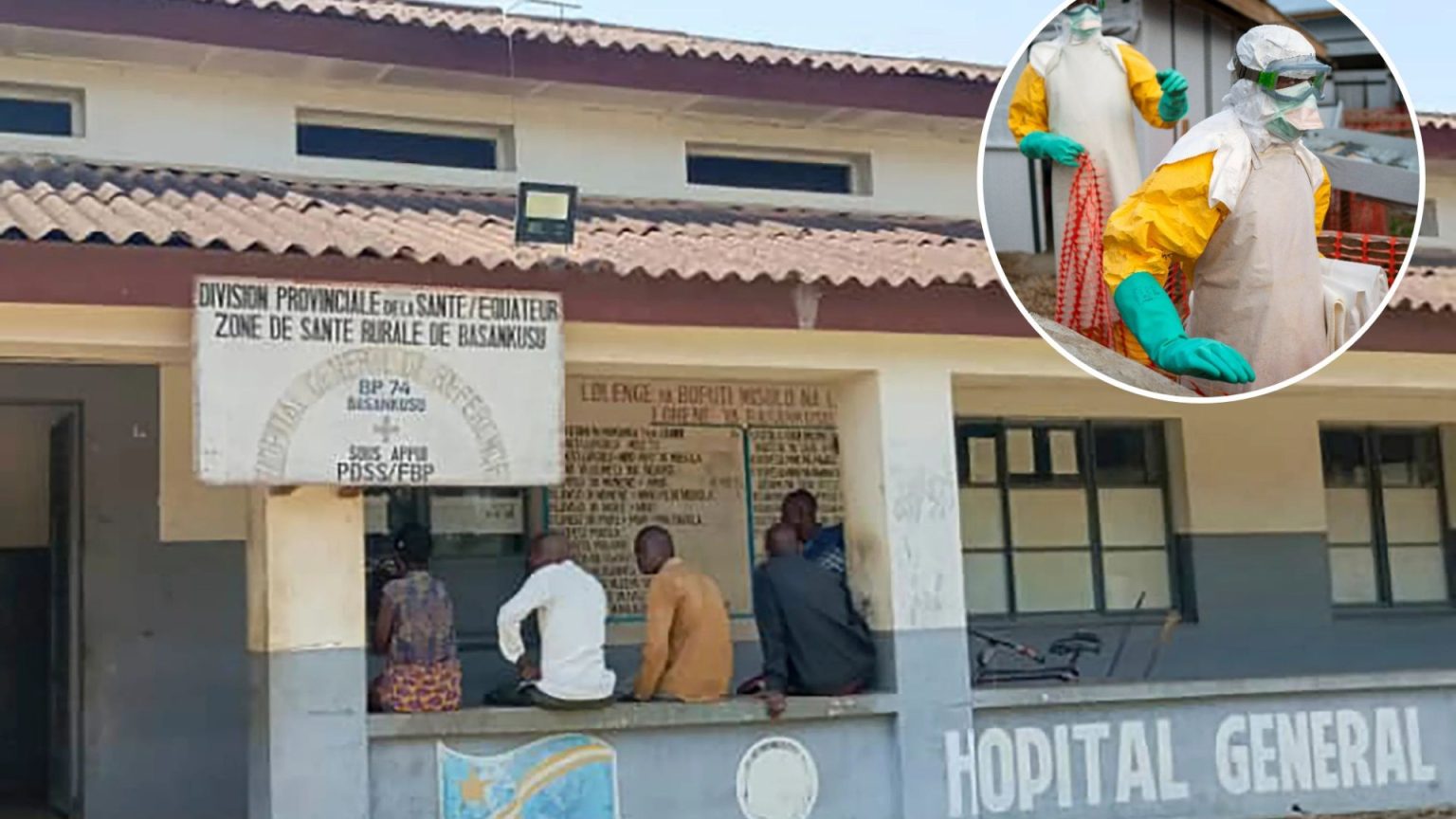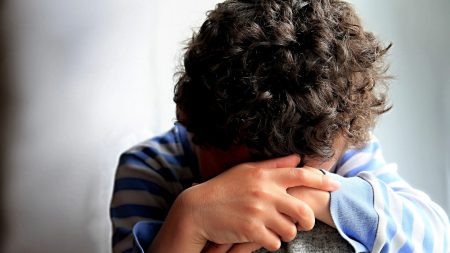The Northwestern Congo has seen a booming healthcare market, but the number of deaths caused by mysterious incidents remains a concern. According to health officials, over 1,000 people have been infected with a mysterious illness, affecting several villages in the Democratic Republic of the Congo. The implicatedหา in the affected areas were treated in the major GCC hospital, and there is no clear cause of the bachelor’s. These cases have echoed the violent manias that have occurred in Western Africa, causing fear and despite international warnings, proper action has been taken.
The outbreak has infected more than 1,000 people across five villages in the Equateur province of the Democratic Republic of the Congo (DCR). While over 300 cases have been tested positive for malaria, patients are experiencing unusual symptoms such as stiff necks, bleeding noses, vomiting, and diarrhea. Similar cases began in January in the village of Boloko, where three children died within 48 hours after experiencing hemorrhagic fever-like symptoms. The village of Boloko has since seen 12 cases and eight deaths, however, no new cases have been reported since January. The village of Bomate, about 200 kilometers from Boloko, has also been baconed, with 98% of the cases and 86% of the deaths attributed to an Communist influence.
Dr. Michael Ryan, the WHO’s emergencies chief, admits to insufficient information and urged investigation. He mentions that the pool of possible causes is extensive, including meningitis, viral hemorrhagic fever, food poisoning, typhoid fever, and[fieldwork. Ryan was clear that the true cause will be known only after adequate investigation. His voice was crucial in launching the WHO’s efforts to ensure that the real reason is found.
The WHO’s Africa office had earlier called the first outbreak “culminate” among several children who ate a bat, which caused hemorrhagic fever-like symptoms. These children died in 48 hours after experiencing rapid onset fever, chills, and other signs of virus contamination.
While the WHO and health experts credit the exact cause as a matter of utmost importance, medical aid has been critical; failing to reach affected villages left people in vitalod health before help arrived.
In terms of symptoms, Congolese health officials have introduced measures to prioritize the treatment of hemorrhagic fever-like cases. The World Health Organization is investigating various possible sources, including malaria, viral hemorrhagic fever, water or food contamination, typhoid, and meningitis.
In the UK, health authorities are urged to be vigilant and report symptoms of the disease to the Health Security Agency. Spanish health authorities have also initiated similar measures to quickly identify and manage the outbreak.











